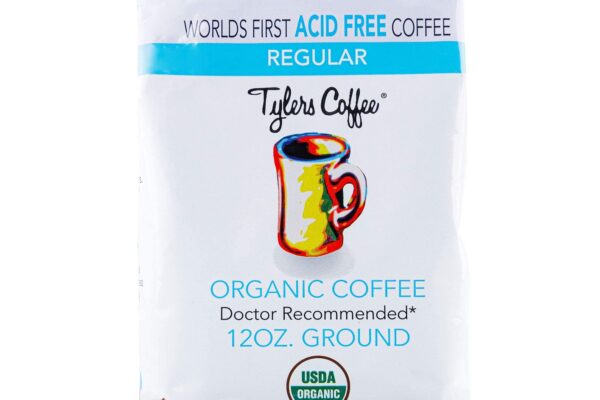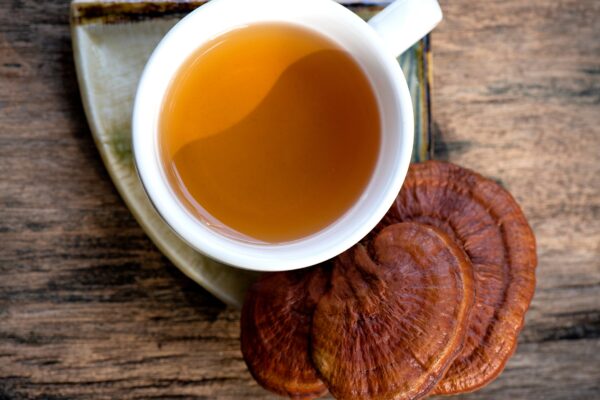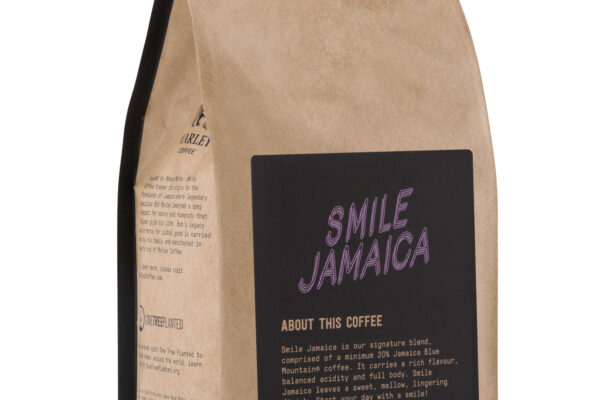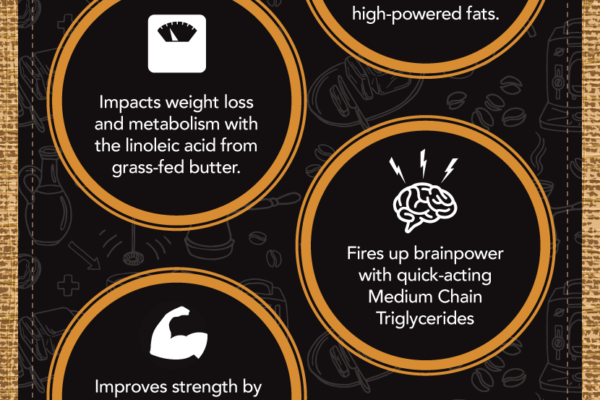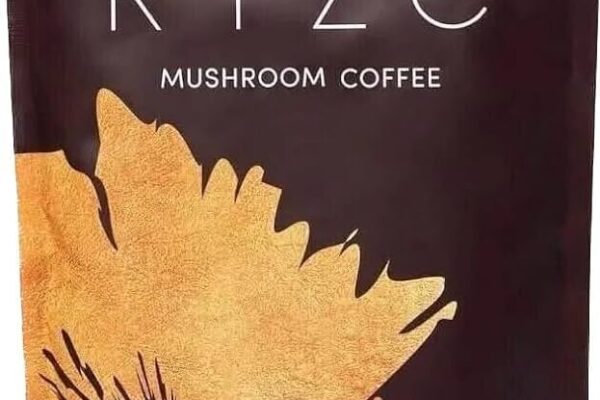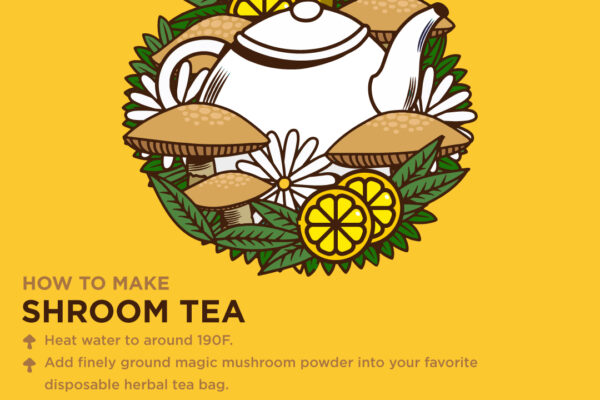Blog
How to Make Kombucha Mushroom Tea
Kombucha tea is produced by adding a culture to sugar and hot water and allowing it to ferment, producing a vinegar-like drink that contains probiotics thought to provide numerous health benefits, including aiding digestion, preventing hangovers, lowering cholesterol and strengthening immunity. Kombucha can be made at home using starter liquid and an SCOBY (Symbiotic Culture of Bacteria and Yeast).
Starting a Kombucha Brew at Home requires several supplies including: heavy glass jar, rubber band, clean cloth or paper towel, large spoon and SCOBY (or mother). Filtered or spring water without chlorine additives should also be used; once the bottle has been made kombucha should be stored away from sunlight to protect its bacteria.
The SCOBY is a disc-shaped or circular brown and tan colored creature resembling a mushroom-shaped organism composed of bacteria and yeast culture that transforms sweet tea into kombucha by devouring sugar and caffeine, producing alcohol, acids and carbon dioxide as by-products. Remarkably resilient creatures, they even reproduce themselves, making kombucha production at home so simple; you can reuse your mother from previous batches!
To keep your SCOBY happy and healthy, it’s essential that it receives sufficient food. Black or green tea, plain oolong tea, white or herbal tea as well as fruit juice is ideal as caffeine will hinder fermentation process. Kombucha needs some type of sugar source such as regular refined white sugar or organic white sugar as this feeds both yeast and bacteria colonies simultaneously.
As your kombucha ferments, it will form a cloudy layer on top and an acidic vinegar taste; these signs indicate successful fermentation! Brown stringy yeast particles may also form in your jar as confirmation that fermentation has taken place properly.
Once your kombucha is finished, it should taste similar to sweet-and-sour apple cider, while being very bubbly. After being stored in the fridge for several days it should be ready to drink; longer fermentation times result in more acidic vinegary notes in its taste; this allows you to either start over with another batch using the same SCOBY and starter tea or add what has fermented as additional starter for future batches.
If you will be away for longer than a couple weeks, it would be prudent to create a batch of kombucha in advance so it will be less vinegary when you return home. Otherwise, leaving the fermenting container on its own could produce too much acidity, potentially turning moldy over time – something no one needs!


